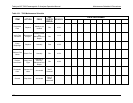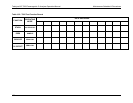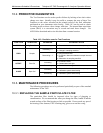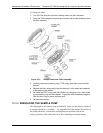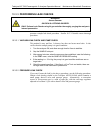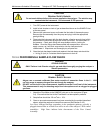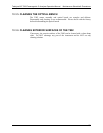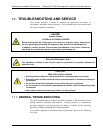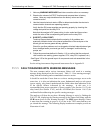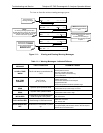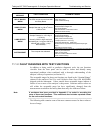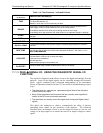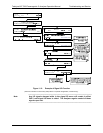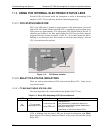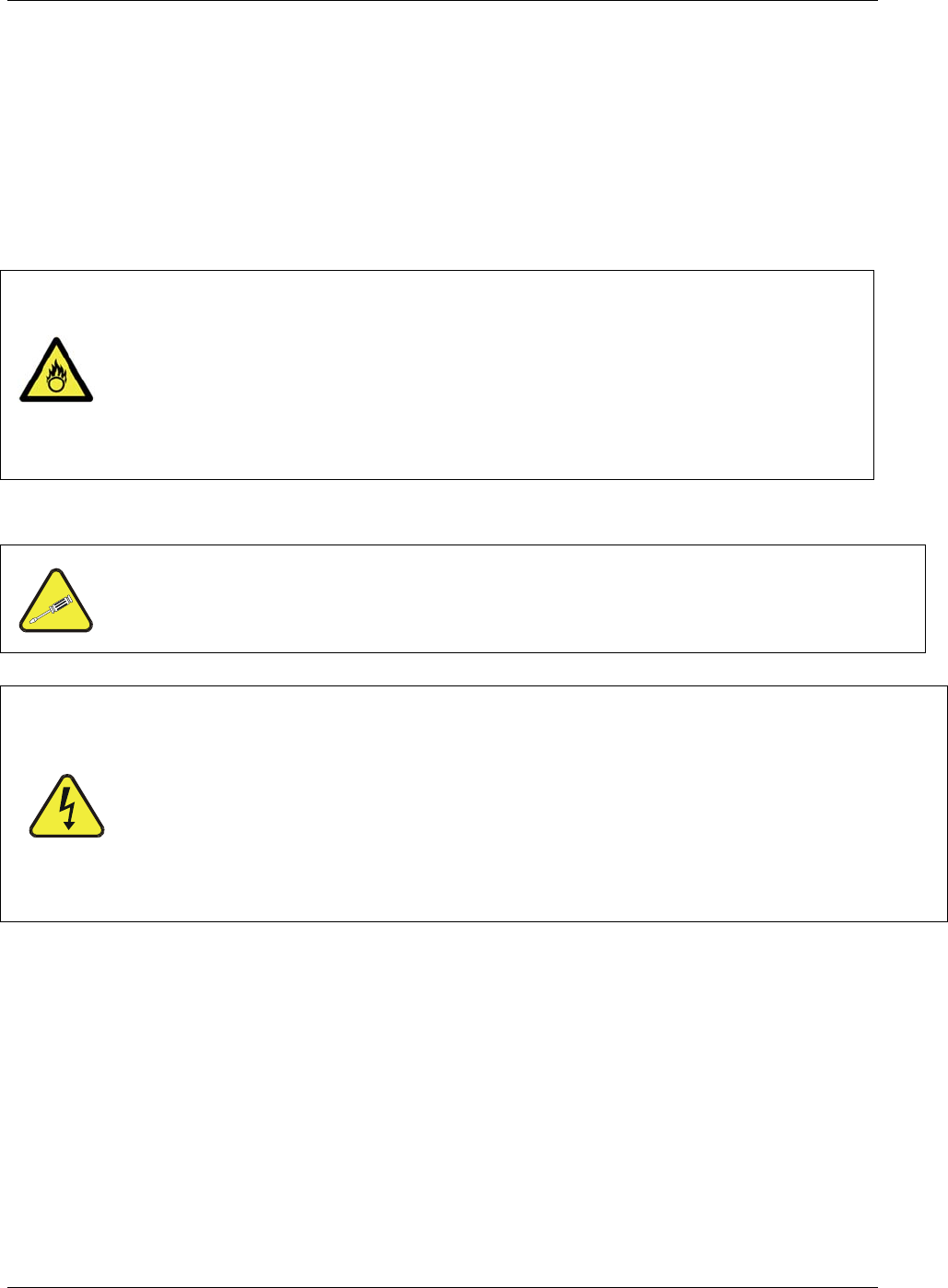
Maintenance Schedule & Procedures Teledyne API T802 Paramagnetic O
2
Analyzer Operation Manual
195
11. TROUBLESHOOTING AND SERVICE
This section describes a variety of methods for identifying the source of
performance problems with the analyzer. Also included here are procedures that
are used to repair the instrument.
HAZARD
STRONG OXIDIZER
OXYGEN IS A STRONG OXIDIZER.
Before working with the casing open, be sure to turn off power supply, and perform
air or N
2
gas purging of not only the analyzer inside, but also the sample gas line.
In addition, carefully prevent oil and grease from adhering to any piping. Otherwise,
poisoning, fire or explosion may be caused due to gas leakage, etc.
QUALIFIED PERSONNEL ONLY
The operations outlined in this Section must be performed by qualified maintenance
personnel only.
CAUTION
RISK OF ELECTRICAL SHOCK
Some operations need to be carried out with the instrument open and running.
Exercise caution to avoid electrical shocks and electrostatic or mechanical damage to
the analyzer.
Do not drop tools into the analyzer or leave them after your procedures.
Do not shorten or touch electric connections with metallic tools while operating inside
the analyzer.
Use common sense when operating inside a running analyzer.
11.1. GENERAL TROUBLESHOOTING
The T802 paramagnetic O
2
analyzer has been designed so that problems can be
rapidly detected, evaluated and repaired. During operation, it continuously
performs diagnostic tests and provides the ability to evaluate its key operating
parameters without disturbing monitoring operations.
A systematic approach to troubleshooting will generally consist of the following
five steps:
07275B DCN6418



